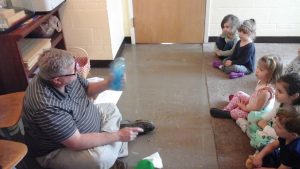
Welcome back to another fantastic year of science with Mr. John! Mr. John does science every Thursday for our classes at the Cuyahoga Falls site. He prepares fun and interactive science experiments that students enjoy so much. After each class your student will come home with an outline of the experiment, your child’s hypothesis and an explanation of what us happening during the experiment.
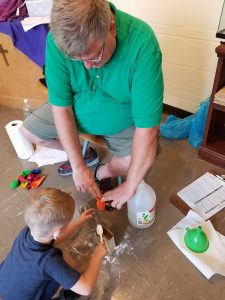
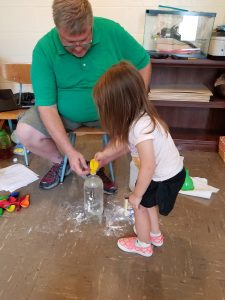
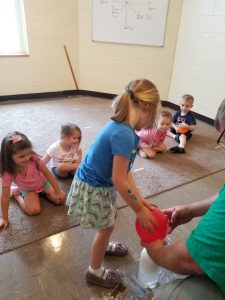
The science, behind this balloon baking soda experiment, is the chemical reaction between the base {baking soda} and the acid {vinegar}. When the two ingredients mix together the balloon baking soda experiment gets it’s lift! The balloon is filling with the gas produced from the two ingredients is carbon dioxide or CO2.Carbon dioxide is Mr. John’s favorite gas.
Week 2:
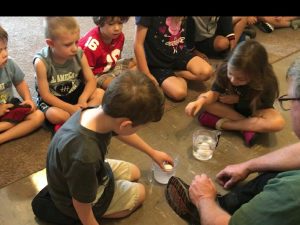
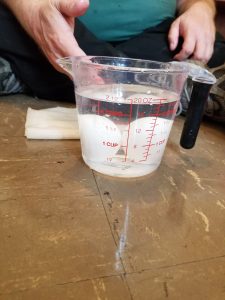

If you put an egg in a cup of tap water, it will sink to the bottom. Why is this?
Because the density of the egg is higher than the density of tap water, so it sinks. Density is the mass of a material per unit volume. For example, the density of freshwater under standard conditions is approximately one gram per cubic centimeter.
But, if you add enough salt to the water, the egg will actually float back up to the surface! Adding salt to the water increases the density of the solution because the salt increases the mass without changing the volume very much.
When enough salt is added to the water, the saltwater solution’s density becomes higher than the egg’s, so the egg will then float! The ability of something, like the egg, to float in water or some other liquid is known as buoyancy.
Week 3
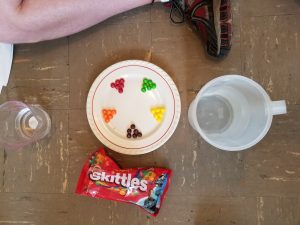
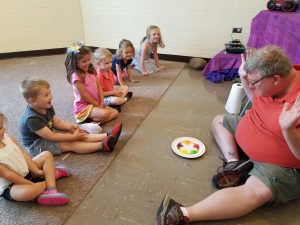
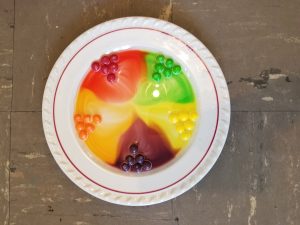
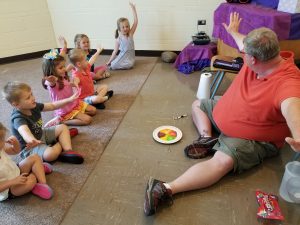
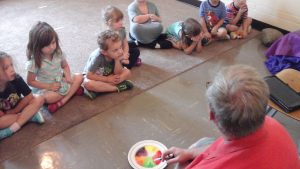
Week 4
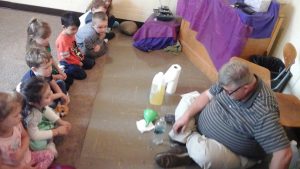
In week 4, Mr. John used oil, water, food coloring, an empty plastic bottle and a funnel. Have you noticed that he tends to use everyday household materials for a majority of his experiments?
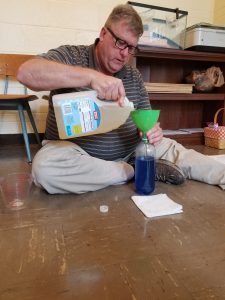
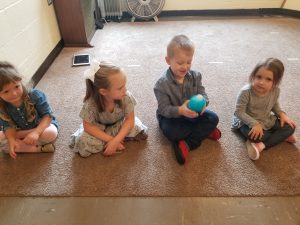
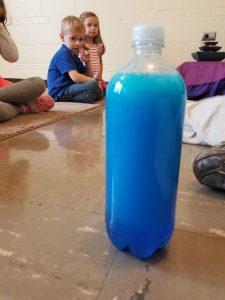
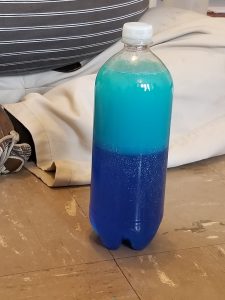
Mr. John set the bottle down and everyone had their eyes glued to the bottle. The oil and water were separating!
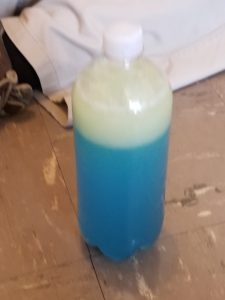
Why does the water not mix with the oil?
- Oil is less dense than water. Given the variance in densities the two liquids cannot mix.
- Oil and water also do not mix because water molecules are more attracted to each other than to oil molecules.
